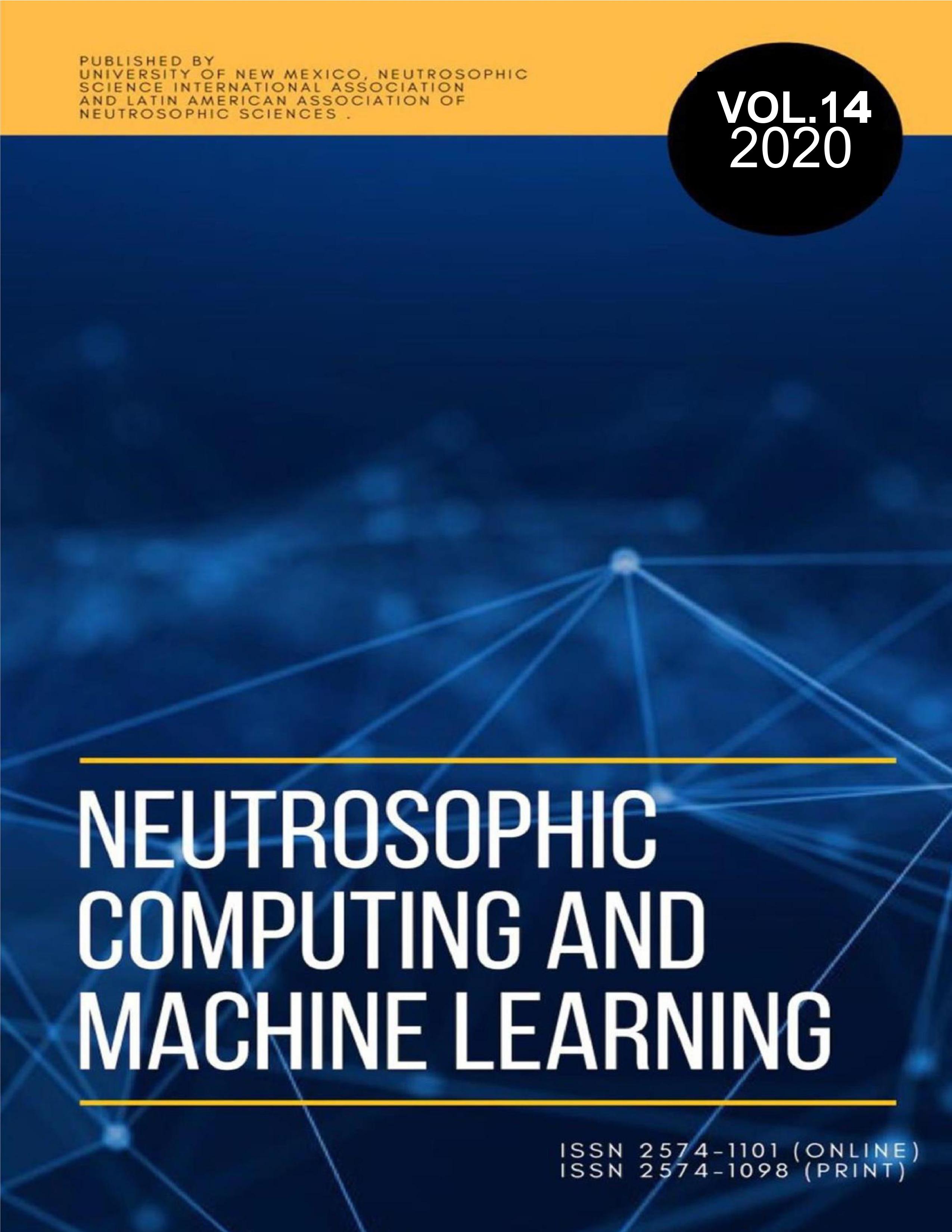The Project Approach and Education through Work by Pillco Marca-Huánuco District's Regular Elementary School Students
Main Article Content
Abstract
The purpose of the study was to demonstrate the effectiveness of the Project Approach and Education through Work by students in Regular Elementary Education in the Pillco Marca-Huánuco district. The importance was to organize learning into projects, which cover aspects of research, problem solving, and decision making, among others. Its methodology of explanatory experimental type, was used the pre experiment design, the population was, students, directors and teachers, the hypothesis was demonstrated of the method of projects like motivating of the education by the work, the recognition as much of the suppliers as of the users of the educational service reach a level of 65%, in which the maximum valuation (69%) of the students stands out. In this case, 35% represents the deficit, which expresses the lack of awareness of the population or disagreement with the implementation of the project method in secondary education. According to this evidence, there is a tendency among the student population to seek work training; however, most of this population is unaware of the benefits of the project method, where students emphasize its importance, but teachers and directors do not make this expectation their own.
Downloads
Article Details

This work is licensed under a Creative Commons Attribution 4.0 International License.

